Many Master Bond epoxy systems are formulated with superior chemical resistance. We continually test our materials by exposing them to specific chemicals over a long period of time. A common way of testing the chemical compatibility of an epoxy is immersing a sample in a chemical and measuring its change in weight over time. A significant loss or gain in weight would indicate a decreased ability of a material to stand up to chemical exposure. These tests allow us to more accurately recommend the right product based on specific application requirements.
In this experiment, we focused on testing our epoxies for their resistance to tetrahydrofuran (THF). The compounds Master Bond used for testing are a variety of two component epoxies and one component UV curing systems with good overall chemical resistance. All tests involved exposure to THF. For the first round of testing the products tested were EP46HT-2AO Black, UV22DC80-1, UV26, and EP41S-5LV. For the second round the products tested were UV25 and EP125. For the third round of testing the products tested were EP62-1HT, EP62-1 (100:5), EP41S-1HT, and EP41S-5. These were compared against the resistance of a generic or standard non-chemically resistant epoxy. A few thin castings, roughly 2 inches in diameter and around 0.125 inches thick, were made for each product and cured in accordance with their specifications. Once the cured samples were created and initial weight was recorded, we submerged them in THF. Then we recorded frequent weight measurements. We carried on these tests with frequent weight recording for varying lengths of time based on the products performance. Below you will see the results for soaking for 10 months in the first batch, 2 years for the next batch, and greater than 2.5 years for the third batch of products. The castings were weighed periodically and the graphs shown below demonstrate the percentage of weight change over time.
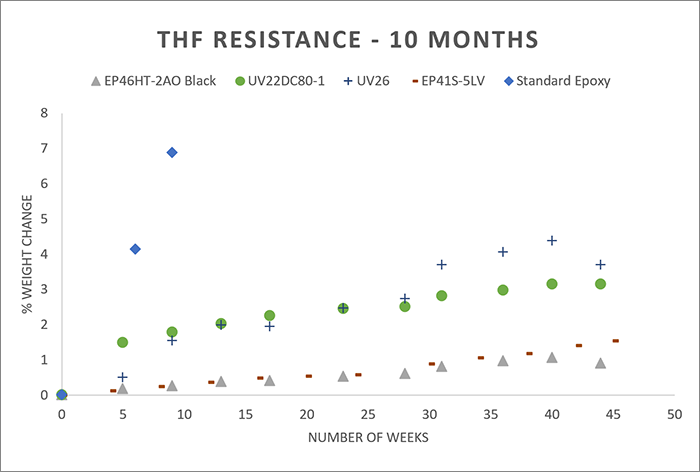
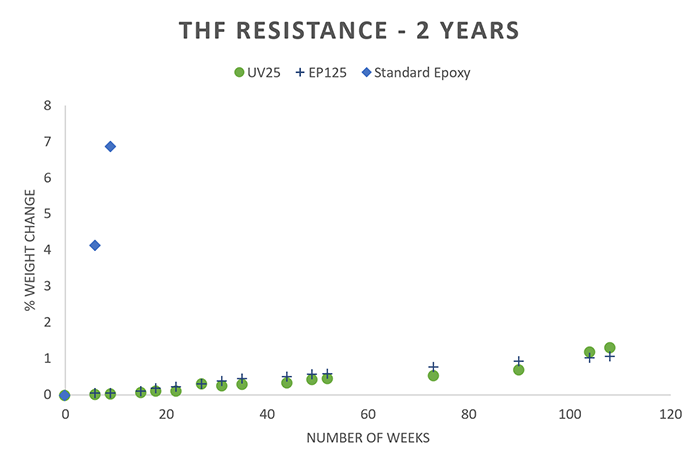
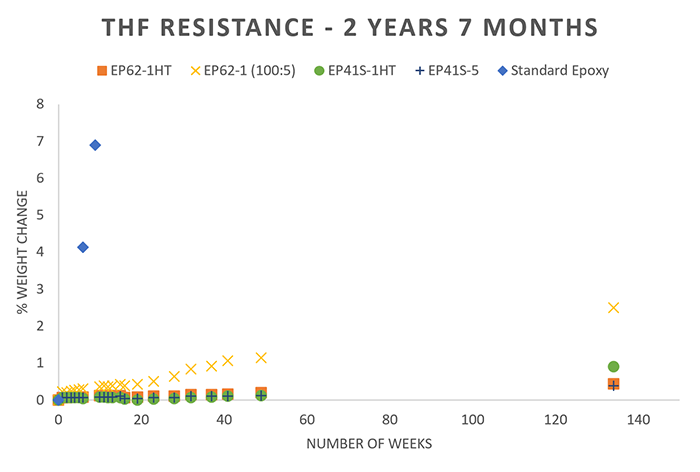
For comparison purposes, a casting of a standard epoxy was also tested under these same conditions which served as a reference. As can be seen in the graphs, the standard epoxy was markedly less resistant to THF than the other epoxies tested. It demonstrated a significantly greater change in weight over time, and the casting ultimately dissolved in THF after approximately two months.
Chemicals can etch the surface of an epoxy (resulting in loss of weight) or they can cause swelling of the sample (resulting in weight gain). In general, a weight change of less than 4-5% (gain or loss) can be considered excellent, especially since these tests may be more rigorous compared to actual service conditions. It is also worth noting that in the context of a bonded joint or a potted assembly the exposure to THF might not be as severe or direct as in the above test conditions.
Please note, when choosing an epoxy for an application where the resistance to THF is critical, many other factors must be considered in addition to the chemical resistance. Depending on the time of exposure, each of the epoxies in the charts above offers a distinct set of performance properties. For shorter term exposures, if electrical insulation and low outgassing are needed, EP41S-5LV may be a good option. If heat resistance and long working life are needed, EP46HT-2AO Black can be considered. For longer term exposures, if a high glass transition temperature is needed, EP62-1HT may be a good choice. If a fast curing product is required and there is full access to a light source (with no shadows or blocks), UV25 is a good option. These products all need to be processed or cured differently but the key in all cases is the addition of heat for enhancing/optimizing chemical resistance especially to THF.
Disclaimer: The findings in this article are not meant to be used for specification purposes.
Acetonitrile Resistant Adhesives
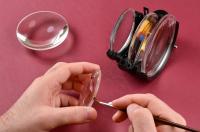 |
UV22DC80-1 Dual cure system with UV and heat curing mechanisms. Cures at 80°C in shadowed out areas. Nano filled, high dimensional stability and abrasion resistance. Bonds well to metals, glass, ceramics and most plastics. Serviceable from -60°F to +350°F. |
 |
EP46HT-2AO Black Thermally conductive/electrically insulative. Passes NASA low outgassing tests. Serviceable from -100°F to +500°F. Tg 200-210°C. Remarkable dimensional stability. Impressive mechanical strength properties. |
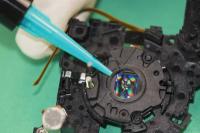 |
UV26 Specialty type UV curable adhesive with very fast curing time and high thermal stability. Its glass transition temperature is 160 to 170°C and its service temperature range is -60°F to +500°F. UV26 resists acids, bases, fuels, and many aggressive solvents. |
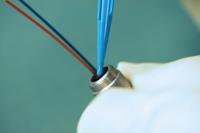 |
EP41S-5LV Excellent chemical resistance to solvents, alcohols, fuels, acids and bases. Low viscosity with good flow properties. Can be used for potting/encapsulation. Formidable physical strength properties. Serviceable from -80°F to +350°F. |
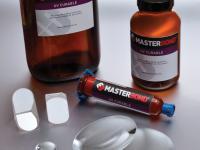 |
UV25 Multi-purpose, one part UV curing system for bonding, sealing, coating and encapsulation. Excellent optical clarity, superb physical properties, moderate viscosity. Ultra high glass transition temperature (Tg) over 180°C. Fast fixture times. Rapid curing. Serviceable from -60°F to +500°F. |
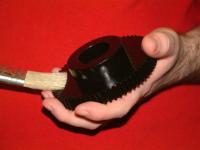 |
EP125 Structural epoxy adhesive resists temperatures up to 500°F. Exceptional durability and flexural strength. High adhesion to metallic and non-metallic substrates. Heat curable system. Tg +240°C. Special two part epoxy with very long working life. Excellent compressive strength. Service operating temperature range from -80°F to +600°F. |
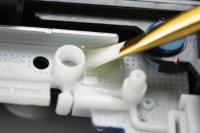 |
EP62-1HT Superior resistance to harsh chemicals, particularly to acids. Two part epoxy has long pot life at ambient temperatures. High bond strength properties. Ideal for bonding and coating. Good flow. Reliable electrical insulator. Serviceable from -60°F to +450°F. Tg 150-160°C. Shore D hardness 80-90. |
